US Govt. faces certain shutdown at midnight tonight - No bi-partisan approach seen to save the showdown - Democrats want restoration of healthcare including medicaid cuts
US Govt. certain to close down at midnight tonight as democrats seek to restore medicaid cuts and Trump threatens Fed staff reduction
US govt will shut down in three hours as democrats harden their stand for restoration of cuts on medicaid and republicans saying pass CR first while prez Trump threatens cuts in fed. work force
By Ashok Nilakantan Ayers Sept 30, 2025
What happens in a shutdown
A government shutdown stems from a lapse in appropriations: when Congress fails to enact funding bills or a stopgap continuing resolution, many federal agencies must curtail operations.
Non-essential personnel are furloughed (sent home without pay) while “excepted” or essential functions—those necessary to protect human life or property—continue.
Most precedent has seen Congress subsequently pass a law to retroactively pay furloughed workers.
Importantly, the U.S. Postal Service is unaffected because it is funded via its own revenue, not direct annual appropriations.
During prior shutdowns, agencies publish “shutdown plans” indicating which offices will suspend service.
In this instance, estimates suggest up to 750,000 federal workers could be furloughed or otherwise affected daily, costing perhaps $400 million in lost compensation per day.
For example, the FAA has warned that 11,000 of its employees may be furloughed.
Active-duty military personnel and other “essential” defense-related staff would continue work, but their paychecks could be delayed until the shutdown resolves—unless Congress intervenes through separate legislation.
Historical perspective: How often and how long?
How many shutdowns
From around 1981 onward, there have been about 10 to 14 funding gaps that led to disruptions in government operations. Some of these funding gaps were brief or procedural and did not lead to widespread furloughs; others were more substantive.
The Peterson Foundation counts four shutdowns since the early 1990s that lasted more than a few business days and broadly impacted operations.
Notable shutdowns under previous presidents
President / Period-Shutdown -Duration / Dates-Key Issue(s)- Notes
Bill Clinton (1995–96)Nov 14–18, 1995 (5 days) & Dec 16, 1995 – Jan 6, 1996 (21 days)Disputes over spending levels, Medicare premiums, environmental and health programsThe December–January stretch was then the longest shutdown to date.
Barack Obama (2013)Oct 1–17, 2013 (16 days)Disagreement over Affordable Care Act funding and policy riders.
About 800,000 workers were furloughed; others forced to work without pay. Donald Trump (2018–2019)Dec 22, 2018 – Jan 25, 2019 (35 days)Dispute over funding for the border wall. The longest government shutdown in U.S. history.
Trump (Jan 2018)Jan 20–22, 2018 (3 days)Funding shortfall, DACA controversy
A brief shutdown. Earlier (Reagan, Carter, other)
Shutdowns of few days-Mostly over appropriations technical disputesE.g. in 1978 a 17-day shutdown under Carter.
No, this would not be the first government shutdown under Trump — he presided over at least one earlier, and this would be his second term’s first.
It also is not unprecedented in more recent administrations (e.g. under Obama).
As for Clinton or George W. Bush or Reagan: Bush 41 and Bush 43 had few or no major shutdowns of the same magnitude; Reagan-era shutdowns were infrequent and typically short.
What makes this shutdown different — and how long might it last?
What’s new in 2025
The central battleground now involves the Affordable Care Act (ACA) premium subsidies and Medicaid cuts embedded in prior Republican-led legislation — Democrats say they must be restored as part of a funding deal.
Republicans insist on a “clean” continuing resolution (one without policy changes) so that spending can continue uninterrupted while negotiations proceed separately.
The administration has directed agencies to prepare reduction-in-force (RIF) plans (i.e. permanent job cuts) in the event of a prolonged shutdown — a sharper posture than in many past shutdowns.
Labor unions have filed lawsuits arguing that threats of mass layoffs during a funding lapse may violate existing law (notably the Anti-deficiency Act) and past practice.
Because Republicans currently control both the House and Senate, some analysts argue that Democrats have more leverage than in past shutdowns. But that also raises political risk: if the shutdown is long, voters may blame the party seen as obstructionist.
Will Democrats shut it down for symbolic reasons?
There is speculation among political watchers that Democrats may allow (or even engineer) a short shutdown (2–3 days) — primarily to make a political statement — and reopen negotiations from a position of renewed pressure.
This kind of tactical shutdown has precedent: lawmakers often see funding lapses as leverage, not permanent closure.
However, a short shutdown has costs: even short ones disrupt services, strain morale, and carry political risk if the public perceives them as theater.
The counterargument is that Republicans might just wait out the pause, hoping Democrats relent under pressure, especially if key federal workers and services are impacted.
So whether the shutdown becomes a brief standoff or a prolonged shutdown depends on internal dynamics: how many Democrats defect, whether Republicans are willing to accept amendments, and how much political pressure builds from affected constituencies (e.g. federal workers, states, public services).
Voices from both sides
Republican / Trump-aligned perspective
From the White House and GOP leaders:
“When you shut it down, you have to do layoffs,” President Trump said, warning that Democrats are “going to cause pain” by refusing to accept a clean funding bill.
Trump also threatened “irreversible” cuts to federal programs if the shutdown drags on.
Senate Majority Leader John Thune pressed Democrats to break ranks, stating: “Five Democrats have the power tomorrow to reopen the government.”
In defending a clean CR, Republicans argue that tying policy changes to appropriation bills invites leverage politics and gridlock.Democratic perspective
From Senate Minority Leader Chuck Schumer and House Democrats:
“Our guarantee is to the American people that we’re going to fight as hard as we can for their healthcare, plain and simple,” Schumer said after Senate Democrats rejected the GOP funding bill. He also accused Republicans of failing to include Democrats in negotiations: “They call it clean. We call it partisan. It has no Democratic input.”
In response to the White House RIF memo, Democrats and labor groups described the threat of layoffs as a tactic of intimidation and overreach.
At an earlier press conference, House Minority Leader Hakeem Jeffries decried the posting of a fake AI video mocking Democratic leaders as “racist and fake.” The AI showed Jefferies doinning a sombrero with a curled moustache standing next to Schumers depicting him as a protege of the latinos , majority of whom are being deported by Trump admin. The very same bloc that voted for Trump in 2024.
These statements illustrate the competing claims: Republicans view a clean CR as necessary to keep government functioning, while Democrats see demands over healthcare as nonnegotiable and budgetary maneuvering as unfair to vulnerable populations.
What to watch in the next days
Defections in both parties — whether a few Democrats join Republicans to pass a CR, or whether Republican moderates push for amendments, could determine how quickly the government reopens.
Public pressure and federal worker response — unions, local leaders, and media scrutiny may force compromise.
Court challenges and legality — the lawsuits by unions over RIF plans may complicate implementation of layoffs or furloughs.
Duration of the shutdown — if only a few days, many will treat it as a tactical pause; but if it stretches beyond a week or two, the costs mount, both in public services and political fallout.
Whether Republicans are willing to revisit healthcare language midstream — Trump signals some openness to extending ACA subsidies, though conservatives resist tying it to CRs.
In sum, tonight’s shutdown is not unprecedented. The U.S. has navigated multiple funding crises in the past, under presidents of both parties, with varying durations and political outcomes. What sets 2025 apart is the depth of policy entanglement—in this case, healthcare funding—and the sharper rhetoric around permanent job cuts and brinkmanship. Whether this shutdown becomes a brief symbolic gesture or a drawn-out confrontation depends on how much pressure both sides face and how willing they are to flex from maximal positions.
%2Fcapitol-complex-56a237ba3df78cf772735ea2.jpg&f=1&nofb=1&ipt=fa4654d5ef4ddc0f1259b16fb0a5cc7c4207ae97d08abd8d0a79649ce8c68616)

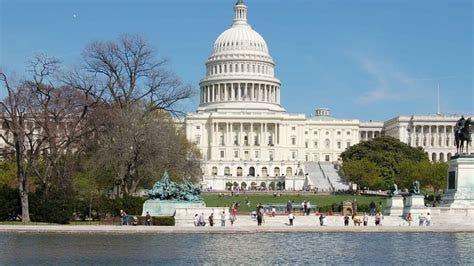
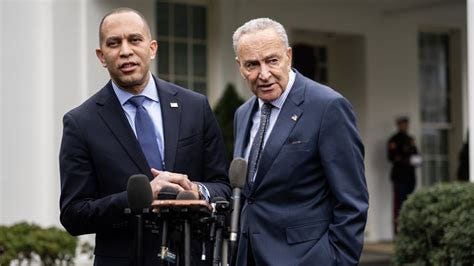
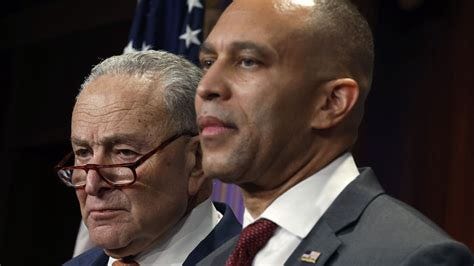
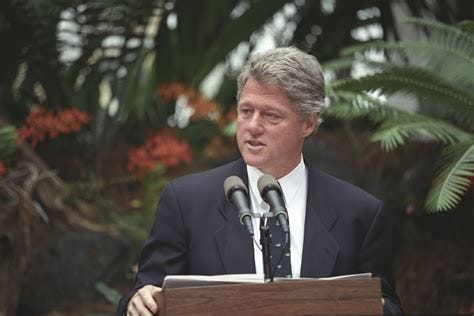
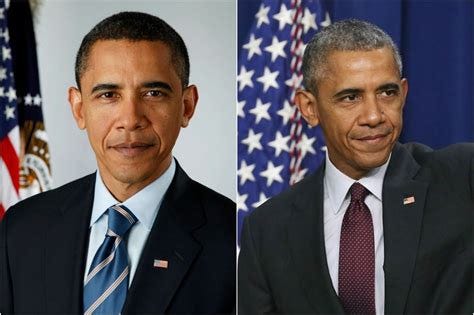
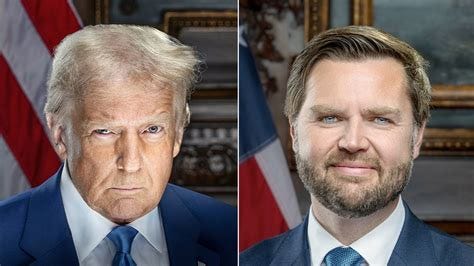

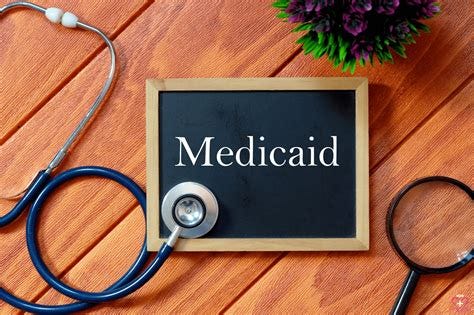
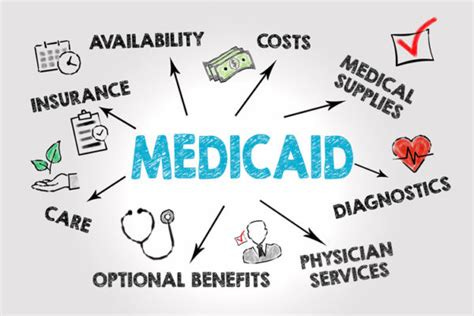
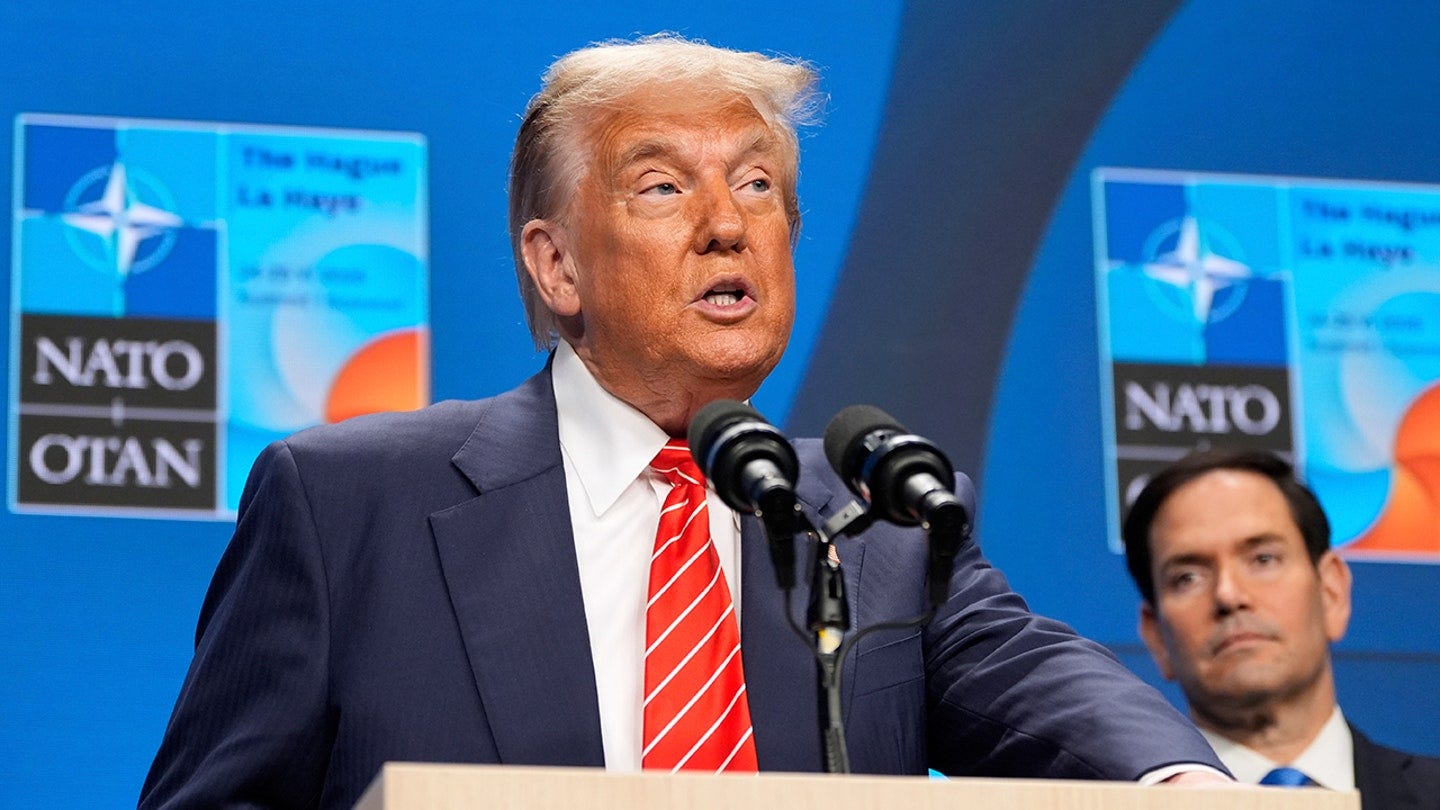

Comments
Post a Comment